Rare Rides: The 1988 Nissan Sunny Is Nearly a Sentra and Definitely All-wheel Drive

Today’s Rare Ride comes to us — for the first time — from the nation’s capital. As we ponder what the owner was thinking, we’ll pore over a tidy Nissan Sunny imported from Japan. It’s rare, square, and almost exactly the same as the Nissan Sentra your aunt had in 1991. I’m really not sure.
Datsun first introduced vehicles wearing the Sunny nameplate back in 1966. Through four generations the car kept the Datsun name, only switching to Nissan for the fifth generation, which debuted in 1982. The Sunny/Tsuru replaced the Datsun 210 and was always called Sentra in North America. This B12 model was available in the United States from 1986 through 1990.
The only all-wheel-drive model the United States received was the wagon variant, and only early on. Nissan simplified model offerings over the years, and by 1990 there was only a coupe, sedan, wagon, and a two-door sedan — all in front-drive-only. Today’s Rare Ride is the Japanese domestic market version of the Sunny. It has all-wheel drive, low miles, and brougham pretensions.
A five-speed manual transmission puts the power down through all four wheels via one of seven different inline-four engines. I’m not sure which one powers this; perhaps one of the B&B is more enlightened?
The model-specific logos are a nice touch, and the front end is reminiscent of a Polish-manufactured FSO Polonez.
The claimed mileage of 30,000 would seem accurate given the pristine state of the interior. Five small persons fit in plum velour comfort, and will wonder once inside why you didn’t just buy a Sentra.
This 4WD Super Saloon E model came straight from the Sunny dealership chain in Tokyo.
Current ask is $4,950 on Craigslist. For the diehard Nissan collector, that might be the right kind of price to bring the Sunny home.
[Images via seller]

Interested in lots of cars and their various historical contexts. Started writing articles for TTAC in late 2016, when my first posts were QOTDs. From there I started a few new series like Rare Rides, Buy/Drive/Burn, Abandoned History, and most recently Rare Rides Icons. Operating from a home base in Cincinnati, Ohio, a relative auto journalist dead zone. Many of my articles are prompted by something I'll see on social media that sparks my interest and causes me to research. Finding articles and information from the early days of the internet and beyond that covers the little details lost to time: trim packages, color and wheel choices, interior fabrics. Beyond those, I'm fascinated by automotive industry experiments, both failures and successes. Lately I've taken an interest in AI, and generating "what if" type images for car models long dead. Reincarnating a modern Toyota Paseo, Lincoln Mark IX, or Isuzu Trooper through a text prompt is fun. Fun to post them on Twitter too, and watch people overreact. To that end, the social media I use most is Twitter, @CoreyLewis86. I also contribute pieces for Forbes Wheels and Forbes Home.
More by Corey Lewis
Latest Car Reviews
Read moreLatest Product Reviews
Read moreRecent Comments
- Daniel J I generally love colors outside of the normal white, black, or silver. The biggest issue we've had is Mazda tends not to put the colors we want with the trim or interior we want.
- Daniel J If you believe what Elon says, he said on X that the plan is expand at current locations and make sure that the current chargers are being maintained. Like I said on the previous thread on this, they probably looked at the numbers and realized that new chargers in new places aren't cost effective.
- Daniel J How is this different than a fully lifted truck? I see trucks rolling off the lot with the back lifted already, and then folks get the front lifted to match. Are there specific "metrics" at how high they can and can't be? The example shown has the truck's front lifted more than normal, but I've seen these around here where the backend is dropped and the front end is at a regular height.
- Theflyersfan I think color is FINALLY starting to return to car lots. After what seems like over a lost decade of nothing but shades of gray, whites, and black, I'm seeing a lot more reds and blues creeping into luxury car lots. Except Audi and Volvo. They still have at least 6-8 shades of gray/silver. But they at least have a nice green. Honda and Acura seem to have a bunch of new colors. And all carmakers need to take a serious look at the shades of red seen at the Alfa Romeo lot and tell themselves they want that because that looks amazing.
- Bd2 Well, it's no Sonata, nor does it have the panache of the Optima.



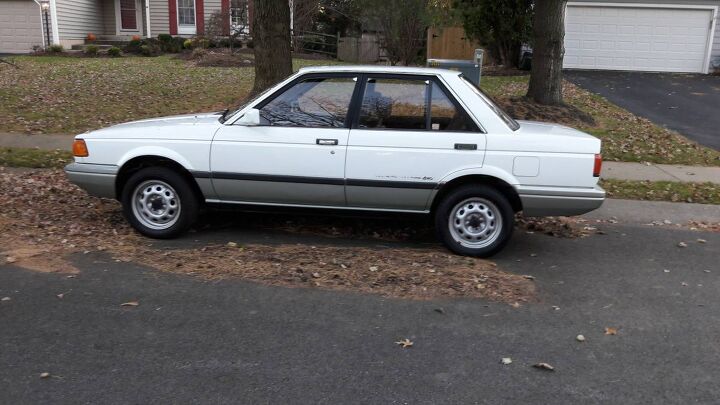






















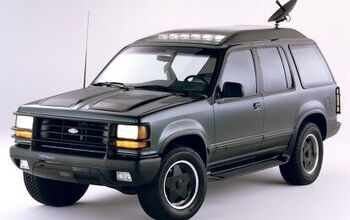
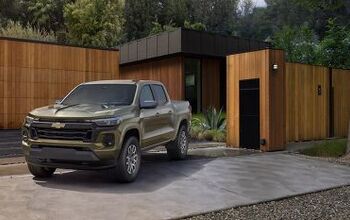

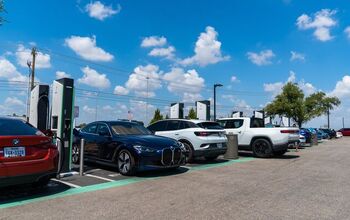

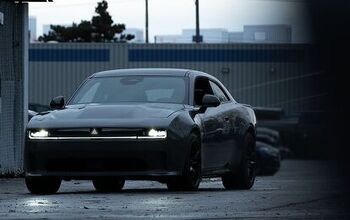


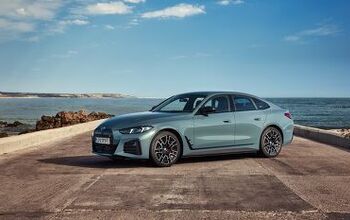
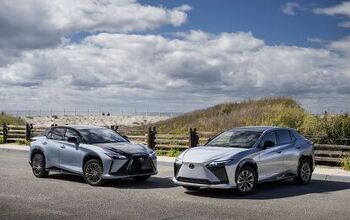

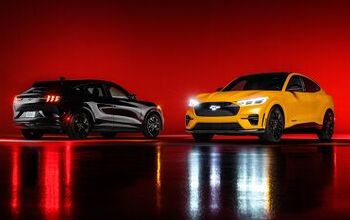

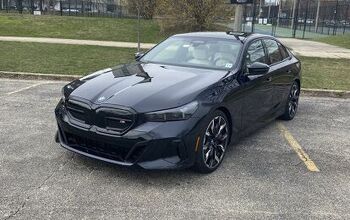
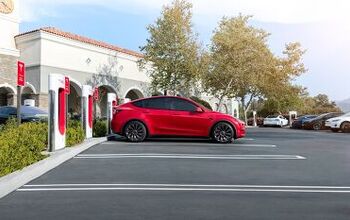
Comments
Join the conversation
I wonder how much that former Sentra and this one are related... https://www.youtube.com/watch?v=85OysZ_4lp0
I love this thing, it's a total nostalgia trip to the sea of boxy white JDM sedans that flooded the Russian Far East and Siberia in general in the mid 90s, many of them full-time 4wd models. Car runners in the 90s would ride trains from western Siberia into port cities with dollars in hand, and then drive these fresh-off-the-boat beauties back West, over a very harsh and sparsely inhabited landscape, often driving down frozen rivers (a lot of car running was done in the winter when the swampy unpaved roads were usable). Good money to be made, but at great risk. A break-down or mis-navigating and running out of gas could mean freezing to death. This was pre-import tariffs, with big profits for those that had the guts to partake in this gold-rush of used JDM vehicles. www.youtube.com/watch?v=LrnOBl_qX0Q